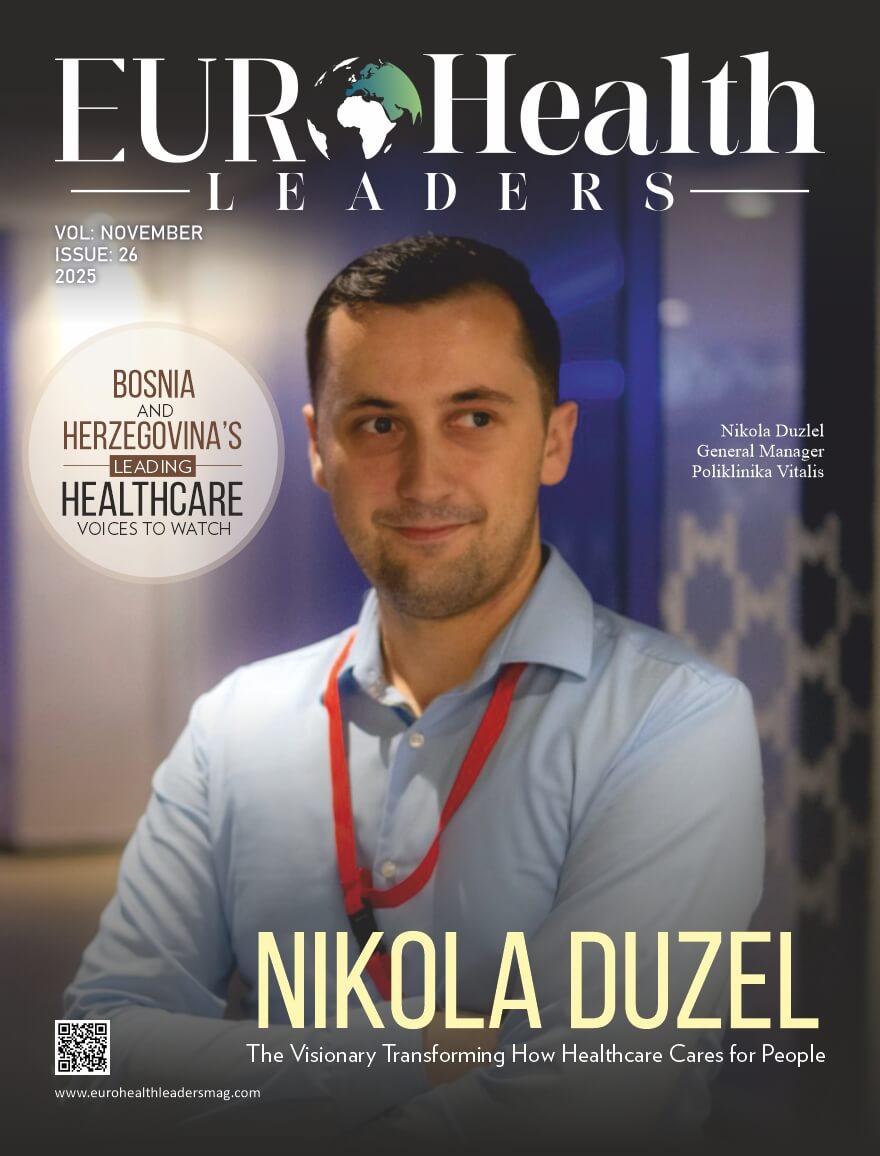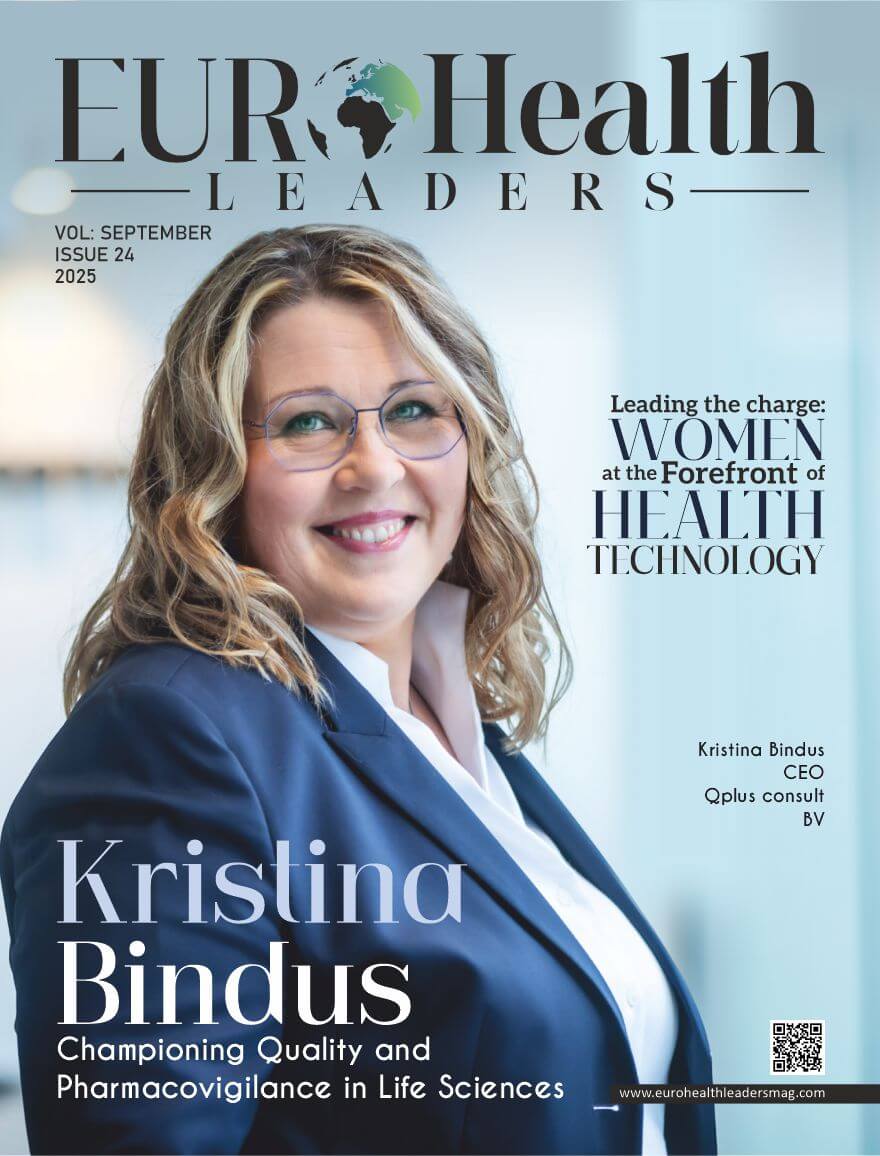Inclusive Dialogue
Modern healthcare is undergoing a profound transformation. As health systems across the world confront rising disparities, evolving patient needs, and complex clinical challenges, the value of diverse perspectives and inclusive dialogue has become unmistakably clear. Far beyond a trending concept, diversity and inclusion are now recognized as essential drivers of equitable care, scientific innovation, and meaningful patient engagement. Together, they are reshaping healthcare into a more responsive, culturally aware, and community-rooted domain.
This article explains how diversity, inclusive dialogue, and equitable leadership work together to improve healthcare, reduce disparities, and create better outcomes for all communities.
Why Diversity Matters in Healthcare
Health disparities still affect millions of people around the world. Race, ethnicity, gender, socioeconomic status, and geography remain factors that restrict access to care for various groups of people. These groups often struggle with barriers like poor health literacy, fewer healthcare resources, and limited representation in research. Solving these issues requires action that goes deeper than policy statements; it requires diverse representation at every level of the healthcare ecosystem.
Diverse teams in science and medicine bring broader viewpoints and challenge established assumptions. When researchers and clinicians come from different cultural, academic, and social backgrounds, they develop solutions that reflect the needs of wider populations. This results in better treatment methods, prevention practices and policies.
Patient care is also enhanced through representation. When clinicians are aware of the cultural or linguistic background of a patient, they are likely to communicate better and offer services that are consistent with the values of the patient. These stronger interactions build trust, improve communication, and increase adherence to medical advice, critical elements for better long-term health outcomes.
The Leadership Gap and the Need to Close It
Although evidence links diverse leadership to improved patient outcomes, many healthcare leadership teams still fail to reflect the communities they serve. This disparity influences the process of forming policies, establishing priorities, and promoting workplace inclusivity.
Leaders from underrepresented backgrounds bring important perspectives that help healthcare systems better understand marginalized groups. Their experiences guide culturally sensitive programs, strengthen workforce diversity, and improve community relationships. Closing the leadership gap requires removing structural barriers, reducing bias in hiring and promotions, and creating pathways for future leaders.
Inclusive Dialogue: From Instructions to Partnership
Inclusive dialogue is becoming an important part of patient-centered care. Providers do not merely dictate but aim to get to know the cultural background, concerns, and preferences of a patient. This method will form a real partnership where the patients feel respected and can contribute to the full decisions regarding their care.
This is a transition that will change a communication process into a collaborative decision-making process. Inclusive communication also means recognizing factors like education, housing, money problems, and language barriers. Culturally competent trained clinicians are able to adjust care to the specifics of each patient, minimize misinterpretations and offer more than just medical care.
Inclusive Leadership: Giving Every Team Member a Voice
Inclusive leadership helps create workplaces where every staff member feels valued and heard. Teams that feel safe to speak up communicate better, innovate more easily, and make fewer errors. This is especially important in high-pressure environments like emergency care and surgery.
Inclusive leaders encourage open dialogue, welcome different viewpoints, and support ideas from all levels of the organization. By doing so, they create a culture that adapts more quickly and delivers care that meets the needs of diverse patient groups.
Strategies That Create Real Change
Diversity and inclusion can be reinforced by deliberate effort on the part of healthcare organizations. Key strategies include:
- Equitable Recruitment: Promote mentorship and minimize discrimination to access underrepresented groups.
- Cultural Competence Training: Teach clinicians about cultural and social influences that define the care of the patient.
- Improving Systems by Use of Data: Take feedback on patients and staff to determine gaps and influence a policy change.
- Collaborating with the Communities: Collaborate with local organizations to develop programs, conduct research, and provide outreach.
- Developing an Open Dialogue: Implement forums in which employees at all the levels would be able to present their ideas and raise concerns.
These actions demonstrate not only a concern with fairness but also with greater science, improved care, and healthier working environments.
Conclusion
The future of healthcare depends on seeing diversity as a strength. The healthcare organizations can make the environments where all voices count by focusing their attention on inclusive dialogue, lifting diverse leadership, and eliminating structural barriers. The care will be more effective, more compassionate, and fair when patients are respected and providers are freely collaborating.
As global health challenges continue to evolve, inclusive perspectives will remain essential to shaping a more equitable, innovative, and compassionate healthcare system, one capable of serving every community with dignity and excellence.










